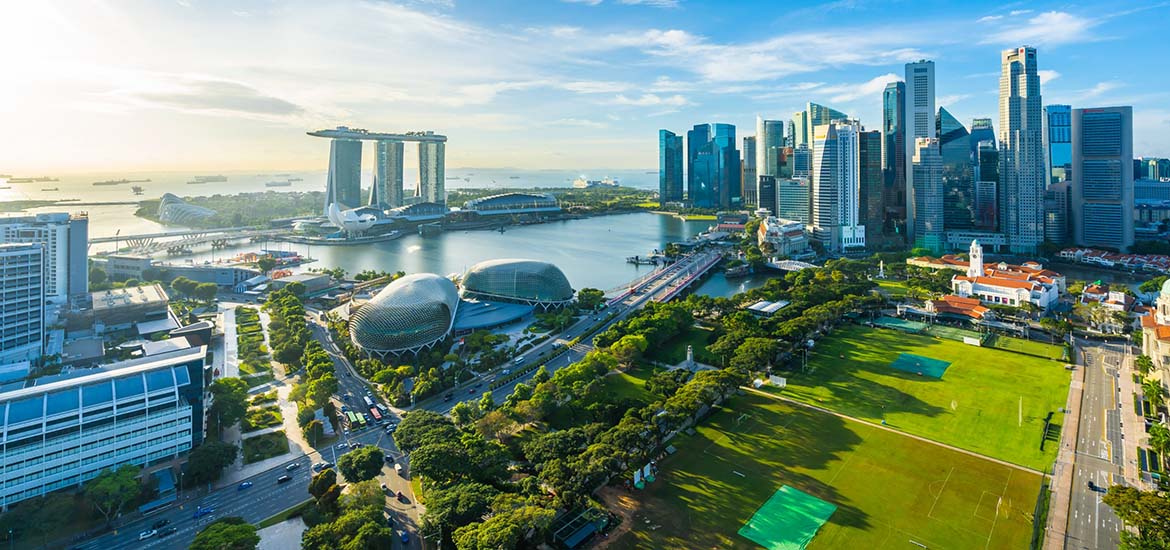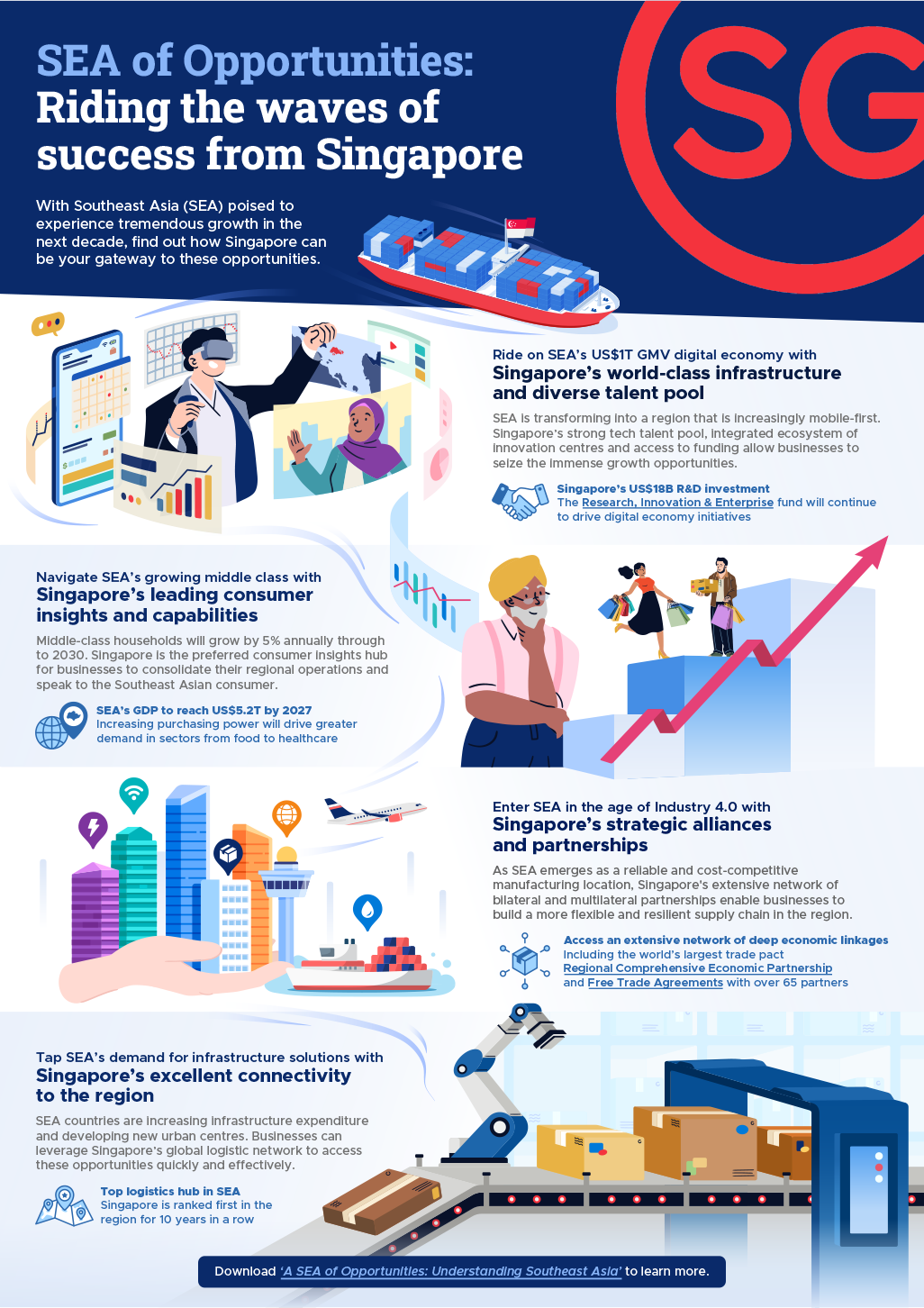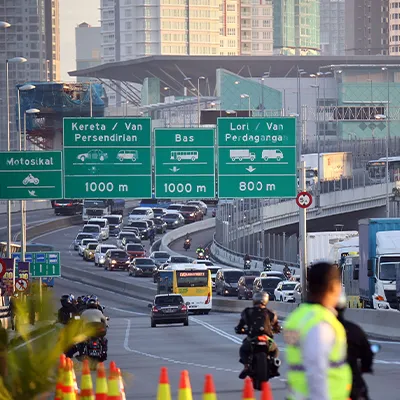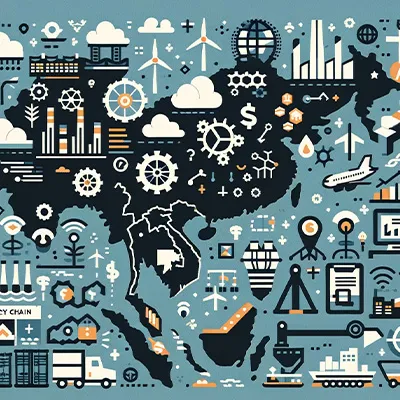Southeast Asia (SEA) is home to some of the world’s most dynamic economies, with abundant growth opportunities for companies operating here. The region will undergo major transformations over the next decade driven by the following four trends: a booming digital economy, the growing prevalence of middle-class lifestyles, increased infrastructure expenditure, smart solutions and urban centres to boost connectivity, and the rise of Industry 4.0 technologies.
To navigate the complexities of expanding in this region, many businesses look to Singapore — with its excellent connectivity, global talent pool, robust infrastructure, and integrated ecosystem of innovation centres — as an ideal base to grow in SEA.
Here are four key reasons why Singapore is the first port of call for businesses seeking to leverage the region’s growth:
- Singapore is a trusted digital innovation hub for businesses to thrive in SEA’s booming digital economy
80% of SEA’s population will be internet users by 2030. This signals a growing digital market that is accessible to retailers, e-commerce players and related service providers.
Singapore is ranked 2nd in Asia and the 7th most innovative economy in the world on the Global Innovation Index 2022. Recognising Singapore’s vast funding opportunities, strong tech talent pool and commitment to innovation, several of the world’s top digital multinationals including Google, Alibaba and Grab have established their operations in Singapore to leverage the city-state as a springboard to the region.
For example, Singapore-based businesses can tap into Nongsa Digital Park (NDP) in Batam – a tech services hub that serves as a “digital bridge” between Singapore and Indonesia. With its proximity to Singapore, NDP offers businesses access to Indonesian tech talent to complement the work of their technology teams in Singapore in developing services and products for the region.
- Singapore offers comprehensive consumer insights and capabilities for businesses to access SEA’s burgeoning middle class
SEA’s Gross Domestic Product (GDP) is projected to reach a whopping US$5.2 trillion by 2027, up from just over US$3 trillion in 2020. Furthermore, the region’s middle-class households are set to make up 65% of the region’s population by 2030. For companies, this translates into a significant opportunity to tap into a growing consumer market to build brand loyalty early and sell into.
Numerous Fortune 500 companies — including consumer giants Nestlé and Procter & Gamble — have established their Asia regional headquarters in Singapore and tapped on the expertise of local service firms, research houses and creative agencies to gain valuable insights into reaching an increasingly affluent Southeast Asian consumer.
- Singapore's strategic geographical location within SEA helps businesses access the demand for infrastructure solutions in the region's largest smart cities
Countries in SEA are at varied stages of urbanisation and are increasing their infrastructure expenditure to enhance their connectivity among the region’s economies — and Singapore acts as a central network for businesses to access and seize these ‘glocal’ opportunities. Major projects in the region include New Clark City in the Philippines, Jakarta-Bandung High Speed Rail Corridor, affordable housing in Vietnam’s Ho Chi Minh City, and more.
Singapore is located close to some of the region's largest and fastest-growing cities. These are not only important centres of economic growth but are rapidly developing into smart cities with a focus on technology and sustainability.
Cited as having the most developed transport and energy infrastructure in the world, Singapore is a major aviation hub and its best-in-class digital capabilities support companies as they access new opportunities in SEA's growing smart cities and infrastructure projects.
- Singapore’s open economy and multilateral partnerships support manufacturers and businesses as SEA enters the age of Industry 4.0
SEA has become an attractive location for manufacturing given its large consumer and supplier base, vast natural resources and a cost-competitive workforce. This is further boosted by economies in the region embracing the fourth industrial revolution through strong investment in new technologies. The ASEAN Free Trade Agreement is also a key enabler for businesses operating in SEA, with manufacturers leveraging on it to build more flexible, resilient and efficient supply chains.
With the “Singapore+” model – using Singapore as a control tower for regional operations while tapping on cost-competitive manufacturing in the proximate neighbourhood – businesses can establish a holistic and integrated regional strategy by leveraging the complementary comparative advantages of the region to gain efficiencies and better serve global demand.
Discover more business insights on capturing opportunities in Southeast Asia here.








